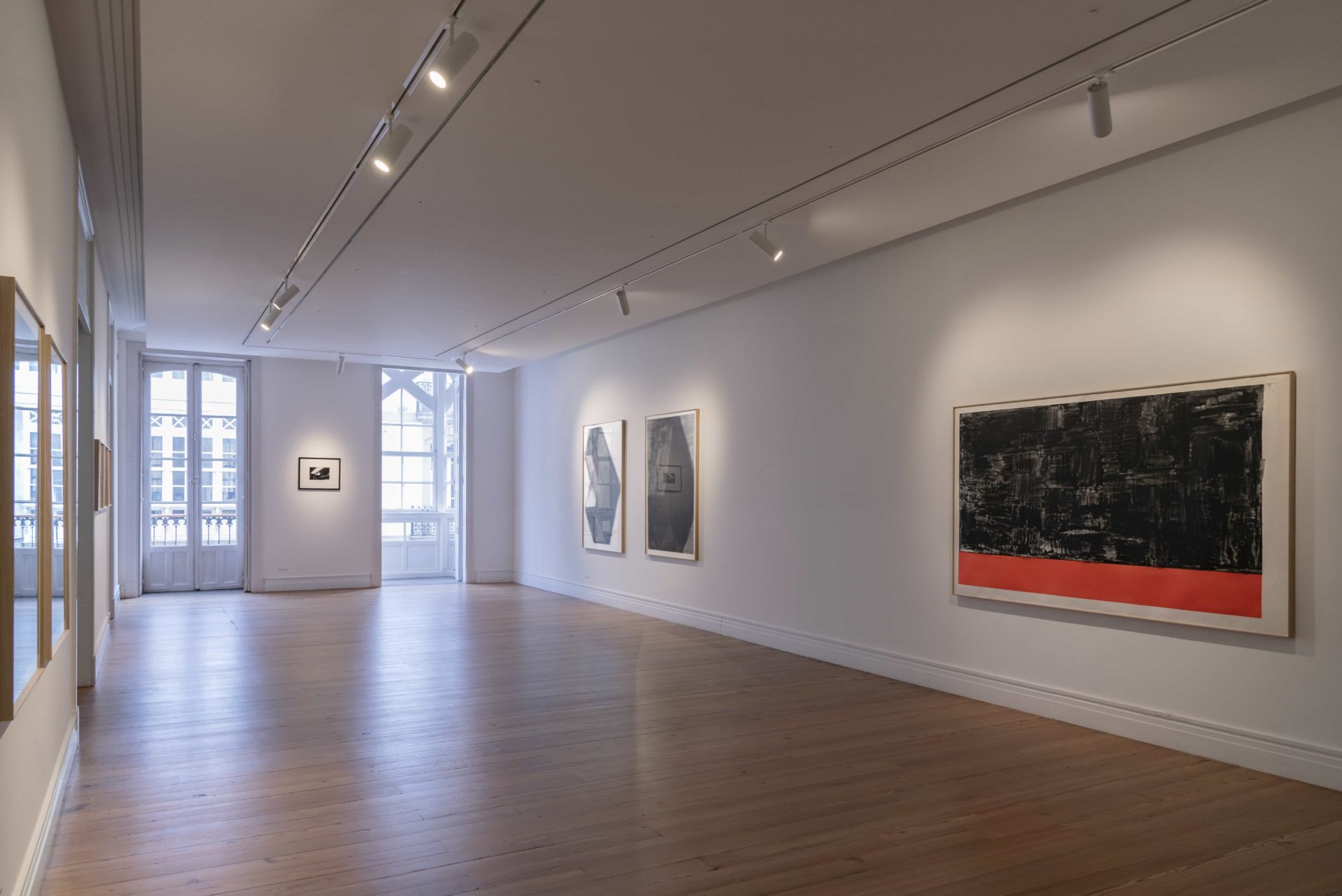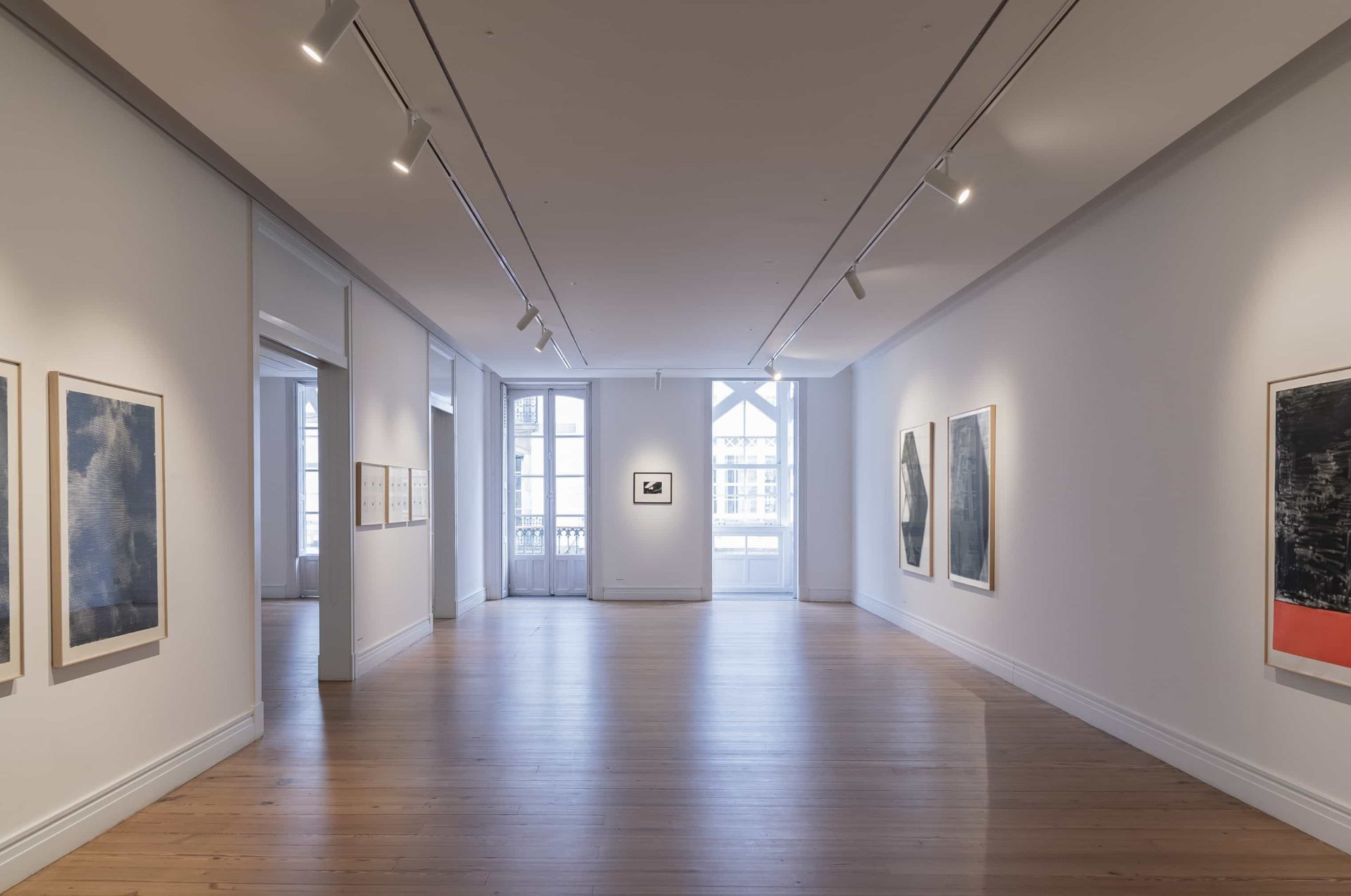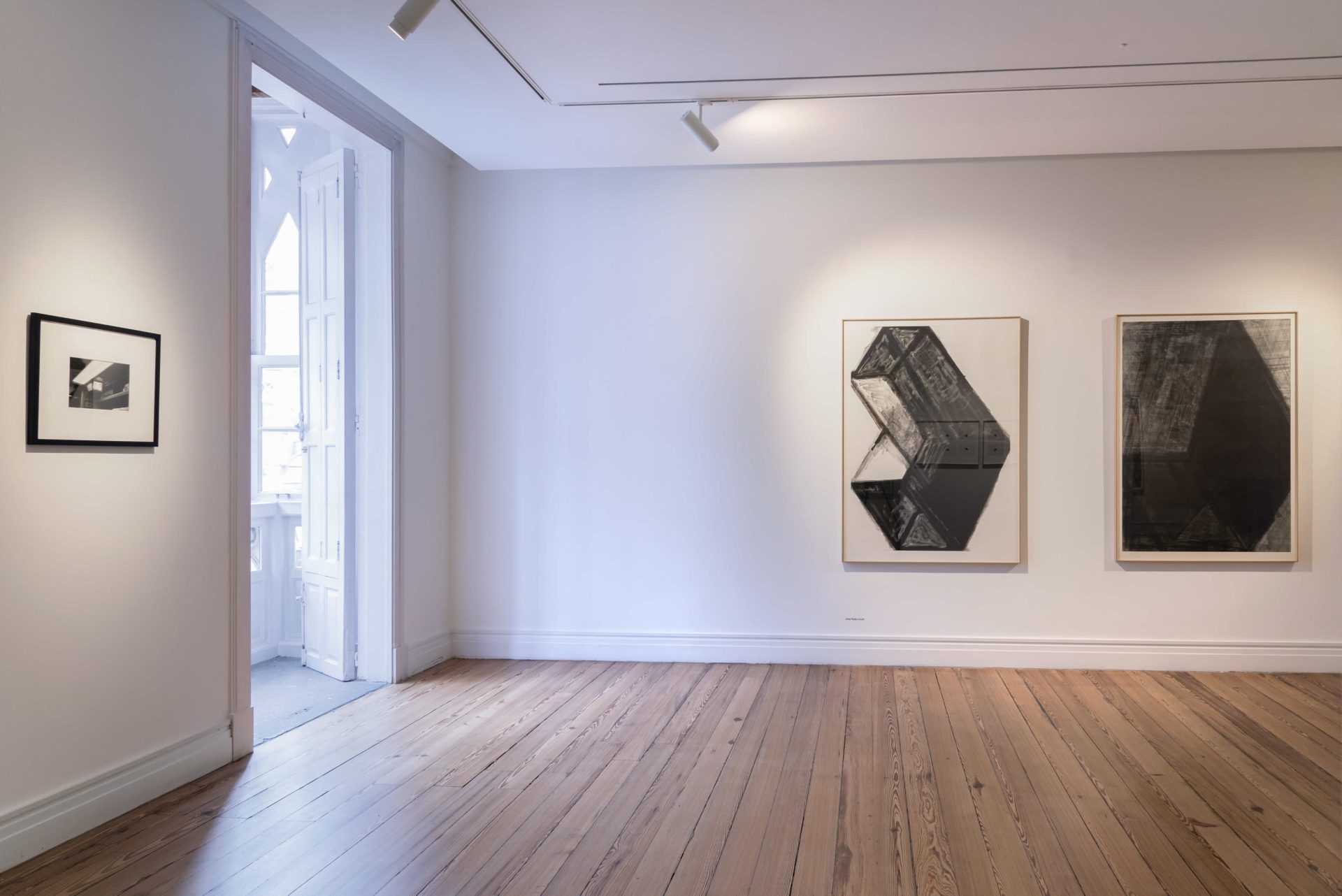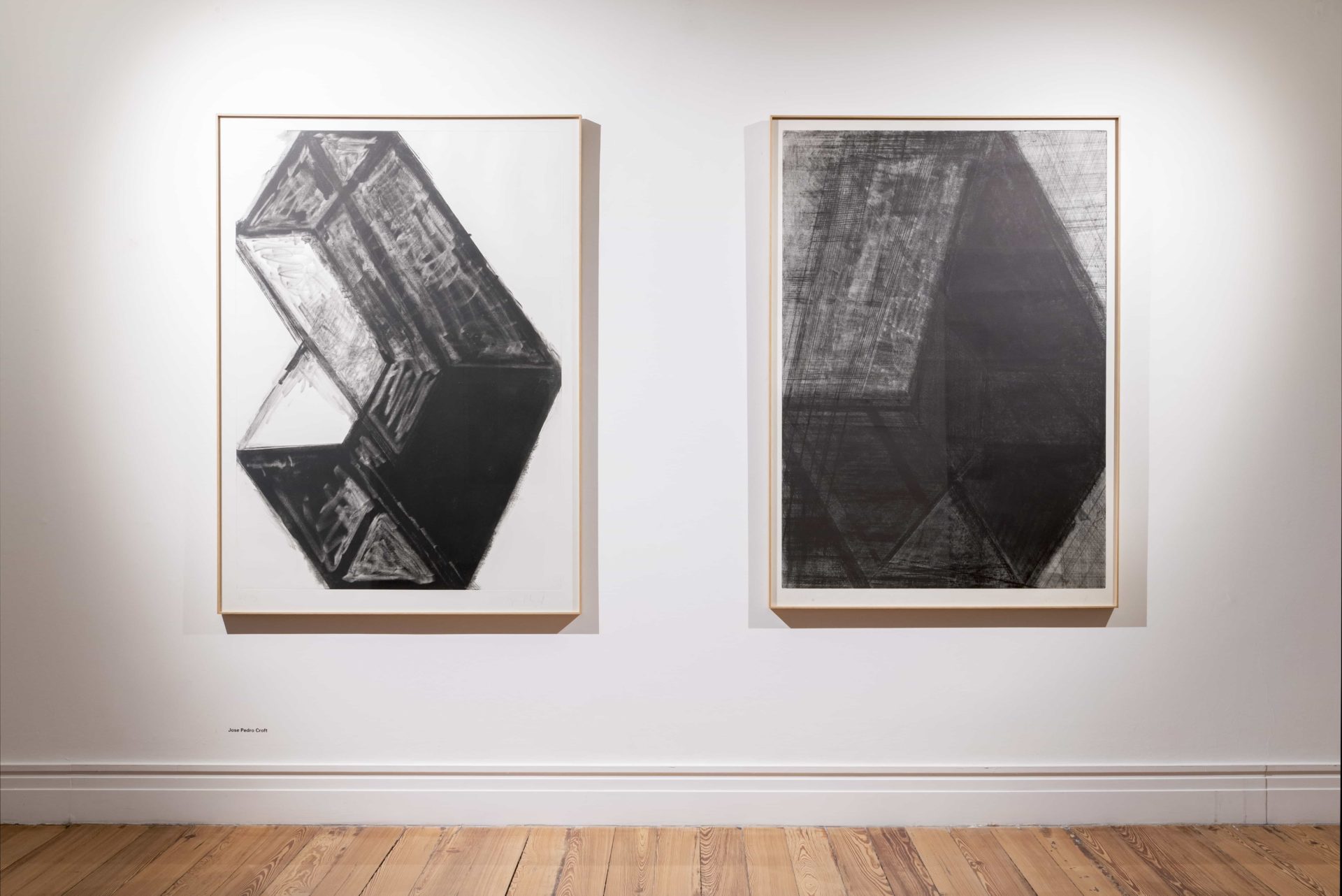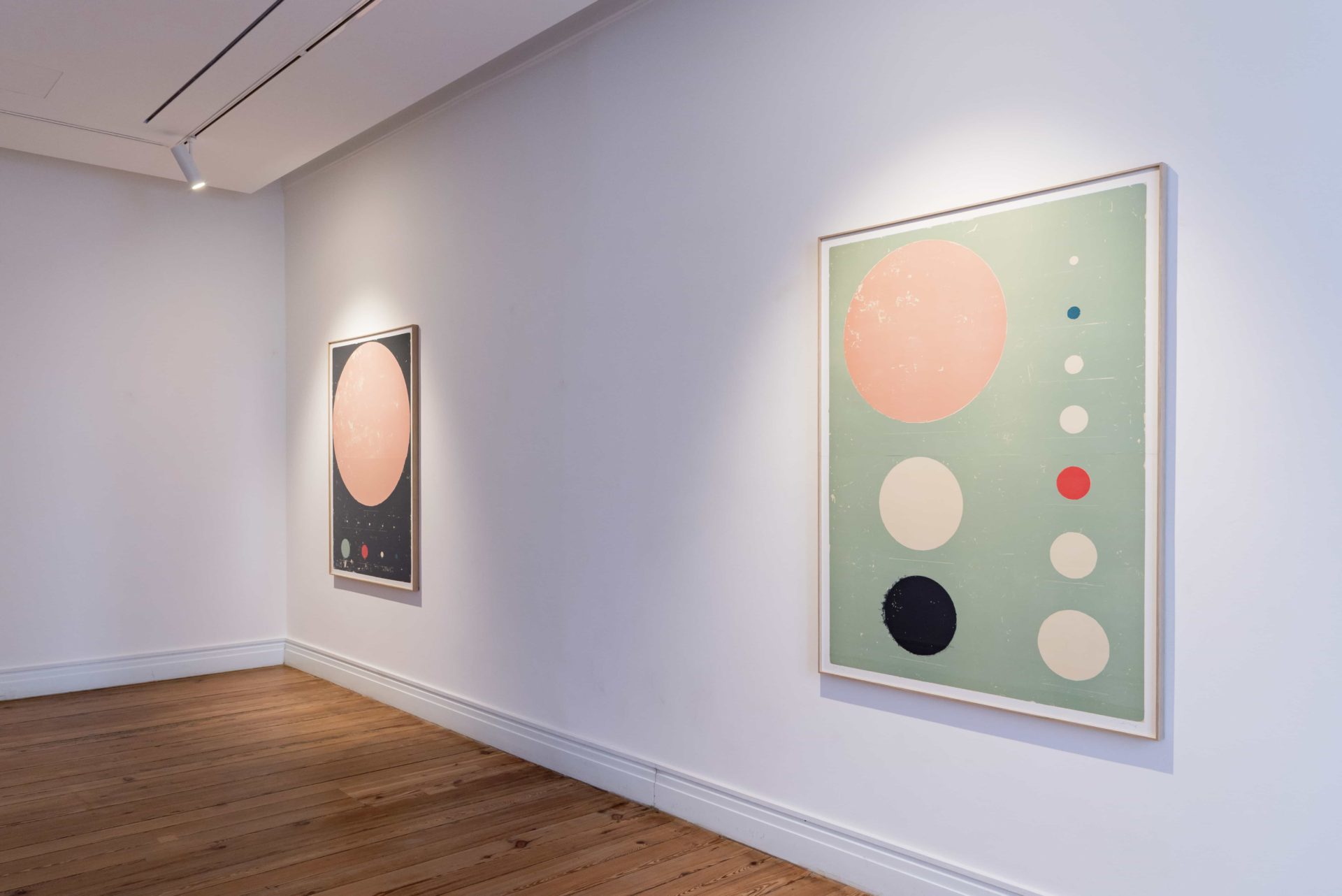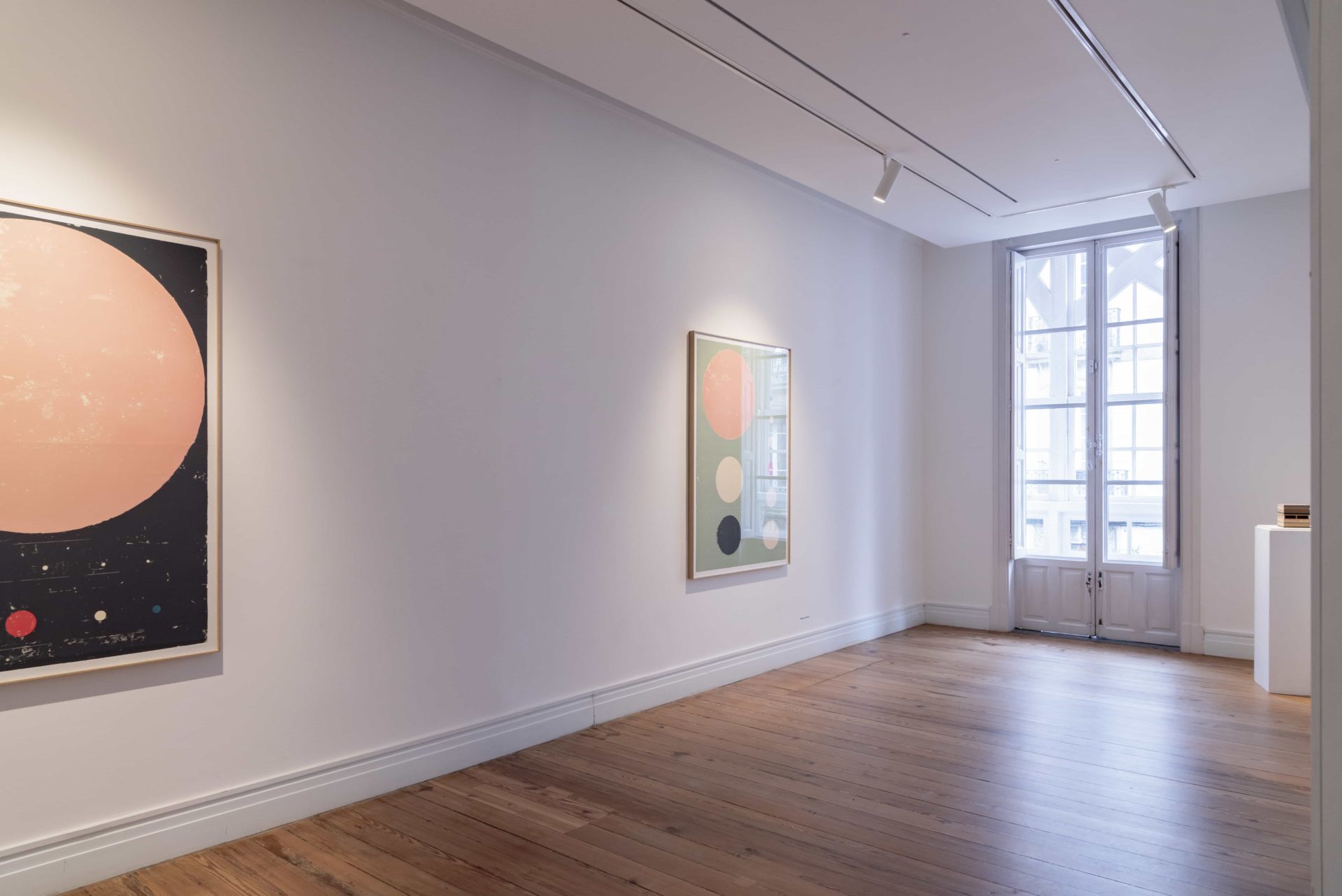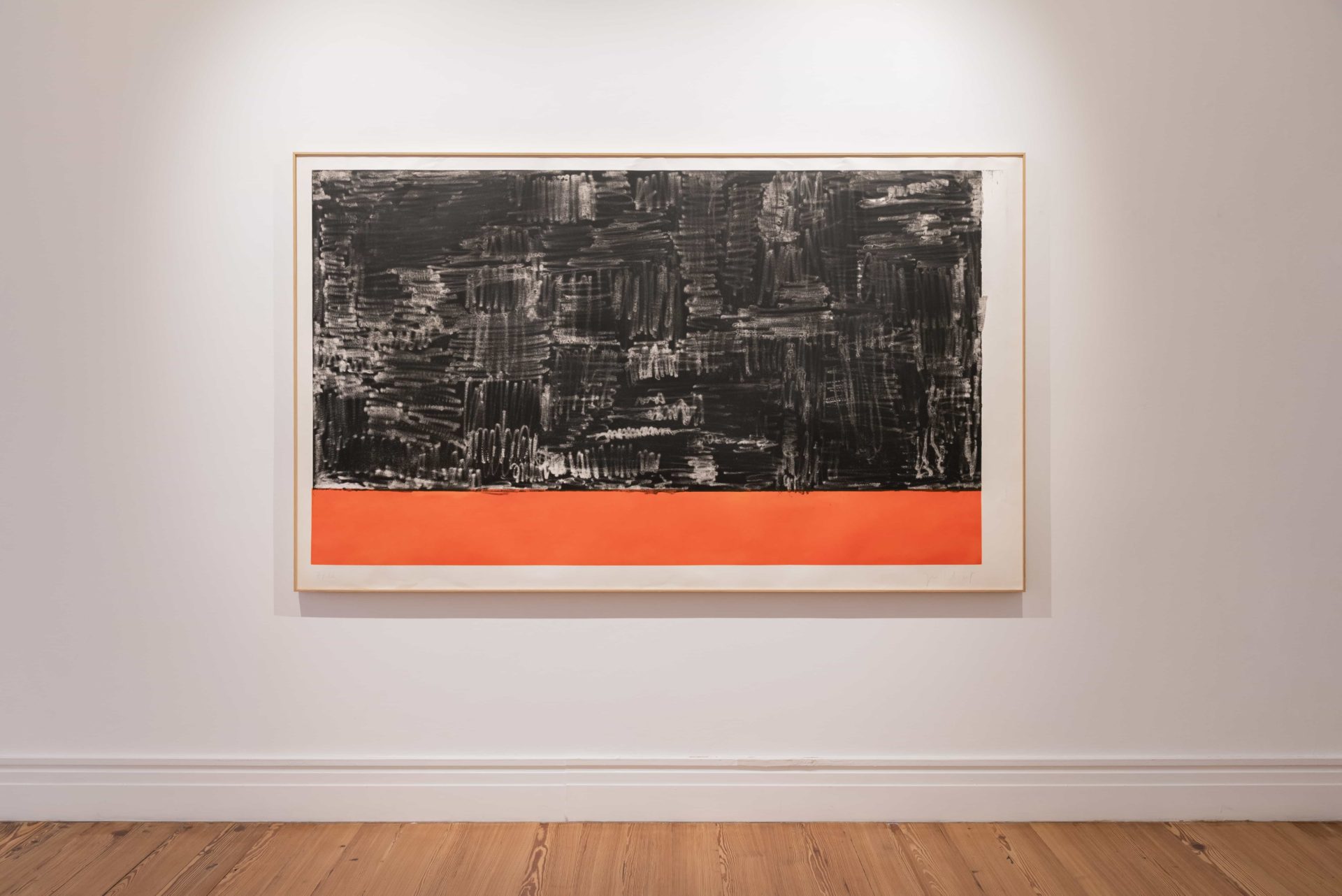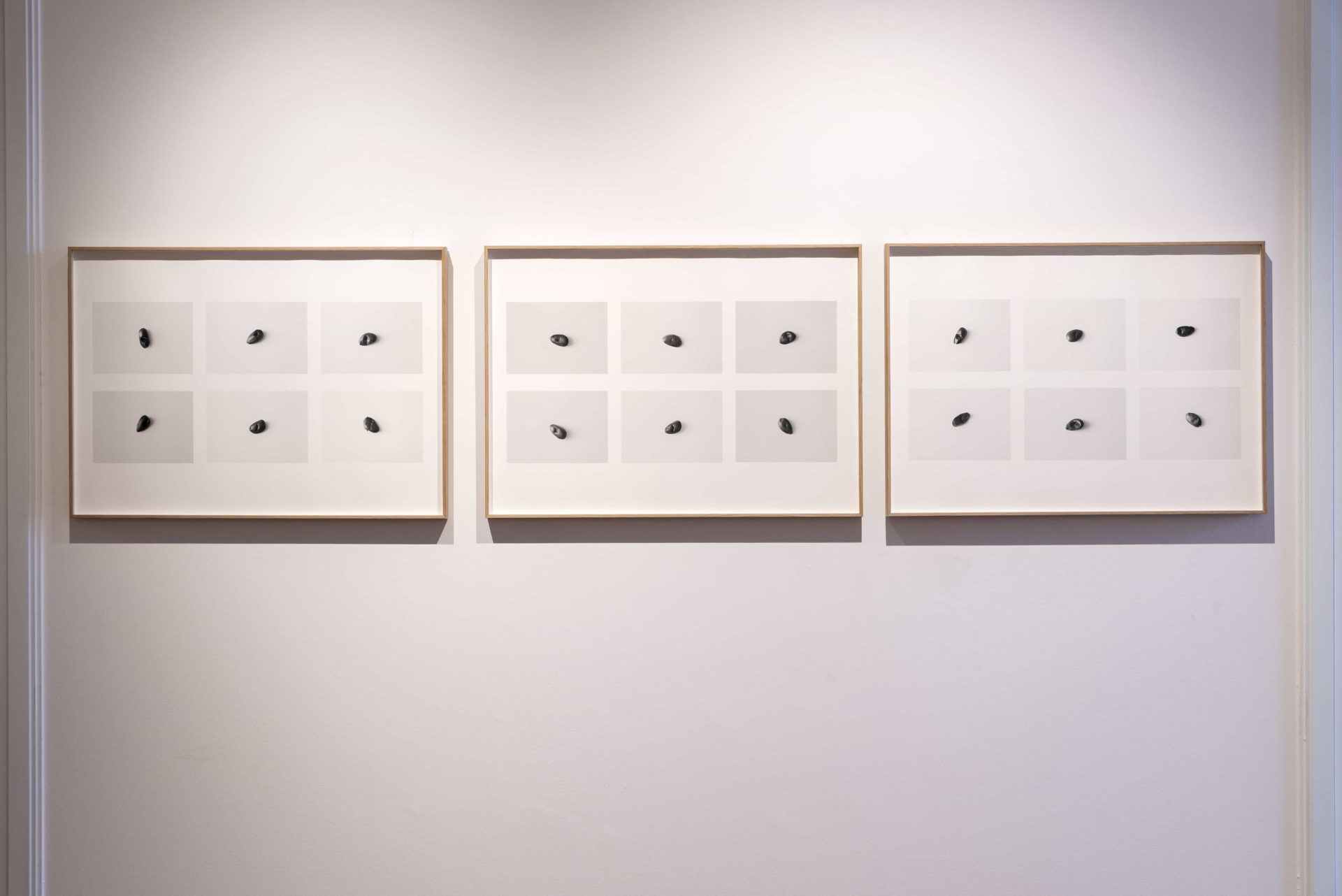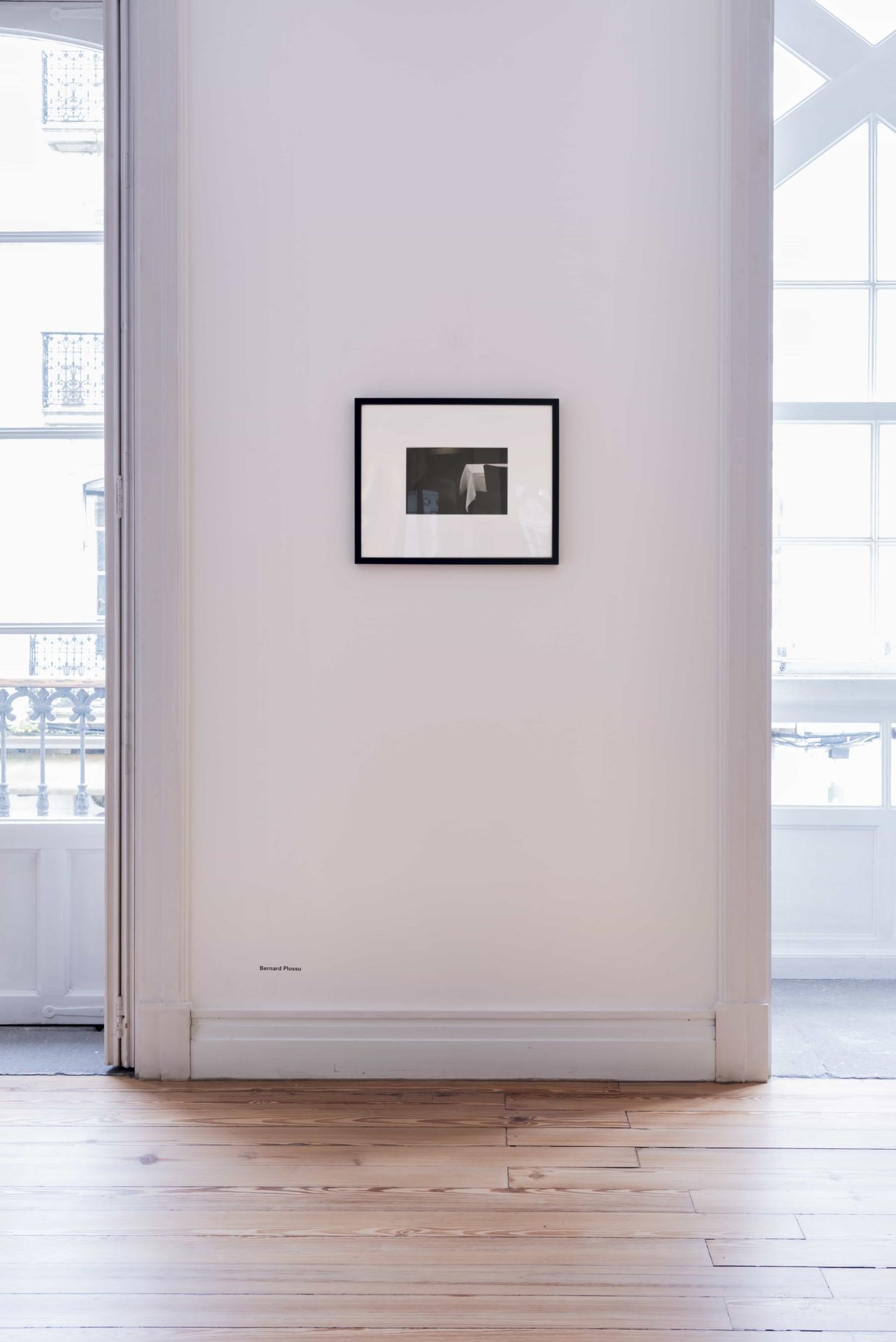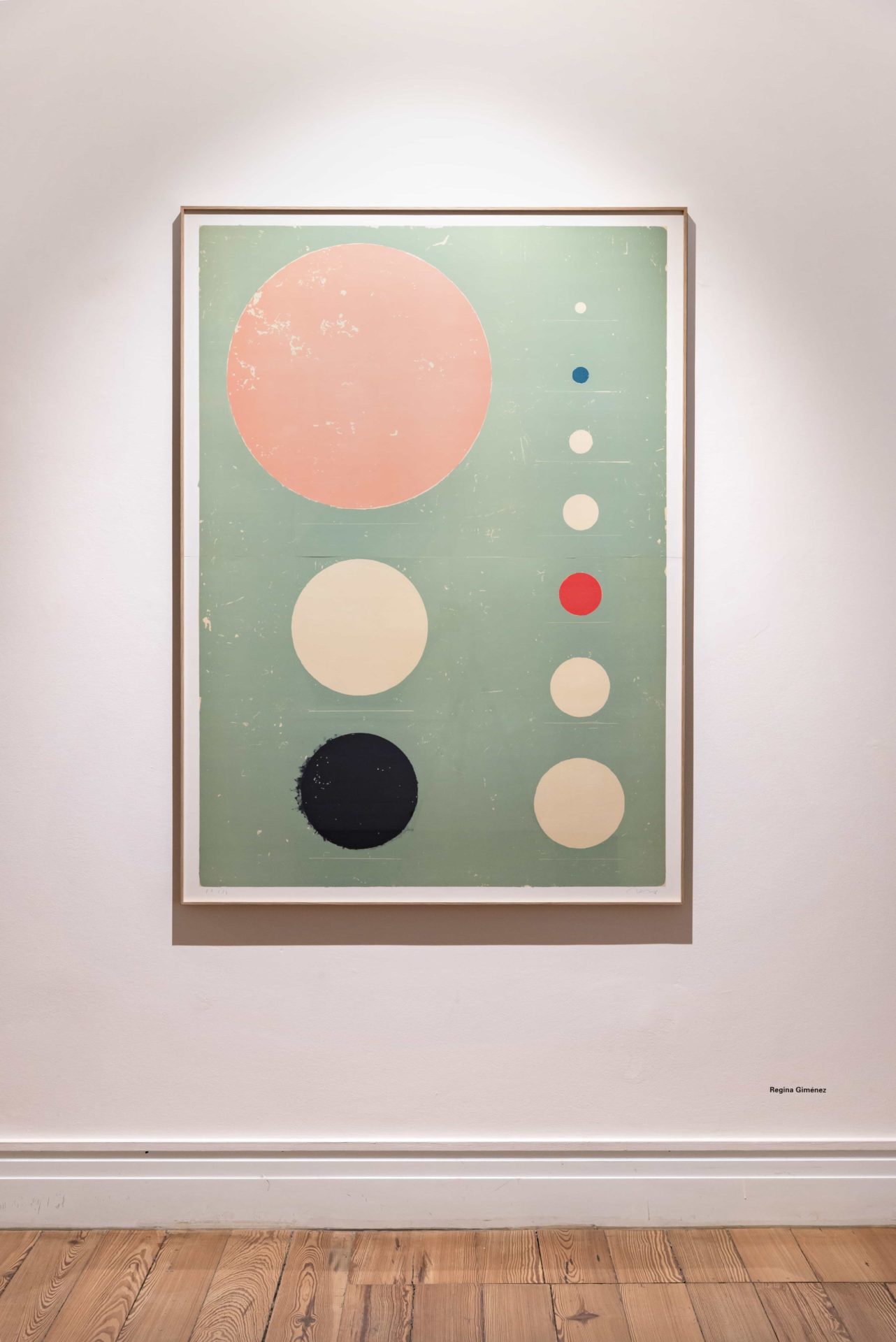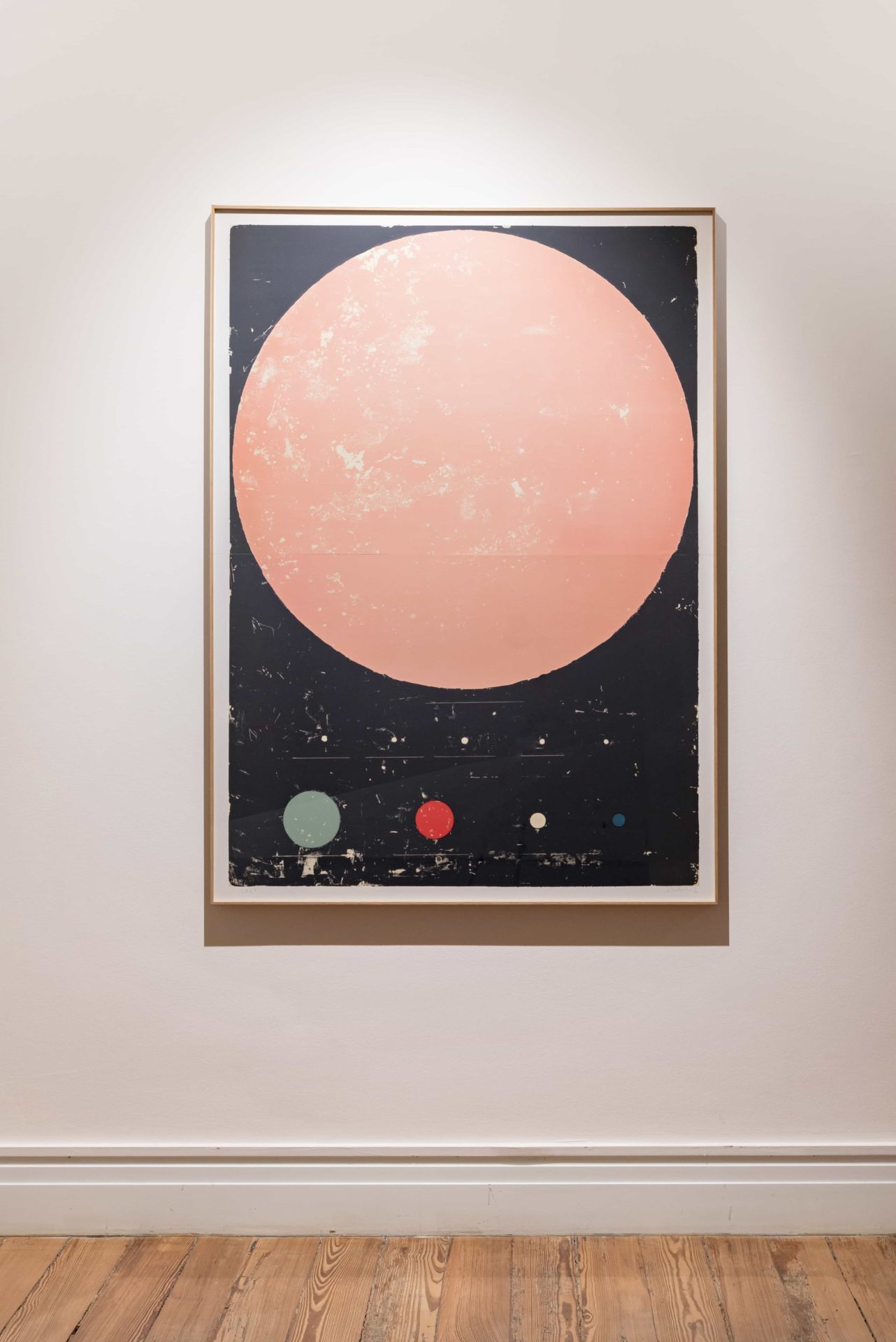Múltiples
Bernard Plossu, Jose Pedro Croft, Irma Álvarez-Laviada, Regina Giménez, Rodríguez-Méndez and Diego Santomé.
15 MAR – 29 ABR 2022
The multiple work of art is based on a concept or an idea that is reproduced a certain number of times. A game is established between the unique and the copy of the original piece, between the work of art and the wide scope of the limited editions.
From Múltiples, a collective exhibition with a total of 13 limited editions by Bernard Plossu, José Pedro Croft, Irma Álvarez-Laviada, Regina Giménez, Rodríguez-Méndez and Diego Santomé, we want to emphasize the importance of valuing multiple editions as plastic discourse in favor of a more accessible collecting and in the opening to open dialogues around the work of different creators who are not necessarily contemporaries or share discourses.
Thus, you can find two photos of Bernad Plossu, National Prize for Photography in France in 1988, the same year that the Center Georges Pompidou dedicated a retrospective exhibition to him; three large-format prints on paper by the Portuguese José Pedro Croft, one of the artists responsible for the revival of Portuguese art in the 1980s; two woodcuts by Diego Santomé; three prints by Rodríguez-Méndez; two serigraphs by Regina Giménez and a sculpture in MDF and chipboard by Irma Álvarez-Laviada.
Taking advantage of the occasion of this collective exhibition, Vilaseco dedicates its third exhibition room to show pieces from its collection, by the artists Antonio Murado, Álvaro Negro, Iris Schomaker and Christian García Bello.
BIOGRAPHY OF THE ARTISTS
Irma Alvarez-Laviada
Irma Álvarez-Laviada works in the field of expanded painting based on different proposals where languages and their relationship with disciplines become independent from traditional supports to seek an investment relationship with materials.
She has received recognition such as the BMW Prize, the Plastic Arts scholarship from the Botín Foundation and the residency scholarship for the Cité des Arts in Paris. Likewise, his work has been shown at international fairs such as Maco, Liste, Photo Miami, CIRCA, ARCO, Estampa, etc., as well as at institutions such as Fundación Cerezales Antonino y Cinia (León), Fundación RAC (Pontevedra) and is part of from important collections such as the European Parliament, AECID, the Pilar Citoler Collection, the Mariano Yera Collection, the Spanish Ministry of Culture, the Antonio Gala Foundation, the Galila Barzilai Collection (Brussels) and the Berezdivin Collection (Puerto Rico).
Joseph Peter Croft
José Pedro Croft (Porto, 1957) lives and works in Lisbon. He was one of the artists responsible for the revival of Portuguese art in the 1980s and is considered by critics to be one of the innovators of sculpture in his country and one of the most representative figures on the international art scene. For more than twenty years, Croft has developed a constructive process in his work outside of any itinerary set by schools or artistic groups. His work is based on experimentation with materials, colors and structures, and their relationship with space.
The artist has exhibited in galleries and museums in various cities in Europe and the world such as the Museum of Modern Art in Rio de Janeiro, the Joan Miró Foundation in Barcelona or the Cibeles Center for Culture and Citizenship in Madrid. His work is part of international collections such as the Center Pompidou in Paris, the Fundação Calouste Gulbenkian in Lisbon or the Museo Nacional Centro de Arte Reina Sofía in Madrid.
Regina Gimenez
Regina Giménez since the nineties, she has established herself as one of the most active Catalan artists in the art scene both locally and internationally.
The work of the artist Regina Giménez can be understood as a set of maps, cosmologies and obsolete scientific drawings that are composed until they become abstract forms. These geometries come from an organic process through the overlapping and repetition of motifs that generate this specific universe that is so characteristic of the artist.
Her works are part of important collections such as the Museum of Contemporary Art of Barcelona (MACBA), the “la Caixa” Foundation, the Banc Sabadell Foundation, the Vila Casas Foundation, the Museum of Contemporary Art of Castilla y León or the fund of the Fondation Comprime in Paris; as well as private collections such as those of Lawrence B. Benenson in New York, Adriana Cisneros in New York and Miami, the Jameston Group in New York and Atlanta or Isabel Marant in Paris.
Bernard Plossu
Bernard Plossu was born in 1945 in Dalat, Vietnam. His work is a broad response to his traveling vocation since his childhood. When he was six years old, he returned with his family to Paris and in 1958 he made an initiation trip to the Sahara with a Brownie Flash camera that his father gave him. During his early youth he regularly attended the Paris Film Library. What he sees there influences him intensely, declaring that his photography «is the daughter of that Nouvelle Vague cinema that was made during the 50s and 60s of the last century.
In 1965 he traveled to Mexico and, since then, has photographed a large number of countries, with special dedication to North Africa, the African and American deserts and Mediterranean Europe. Starting in 1975, the date of his first trip to Niger, he began to work in black and white, constantly searching for the exact tonal scale.
His work has earned him, in 1988, the French National Photography Award. In that same year the Museé National d’Art Moderne Center George Pompidou organized a major retrospective exhibition of all his work. In 1993 it was the Gulbenkian Foundation that presented his photograph in Lisbon. In 1996 he held the exhibition The Years of Almeria with Toy Cameras in the Canal de Isabel II hall of the Community of Madrid, and in 1997 the IVAM organized the great retrospective exhibition of him in Spain. Plossu participated in PHotoEspaña 2001 with the screening of Contemporary Southern Europe and in 2013 he was recognized with the PHotoEspaña Award.
Rodriguez-Mendez
Rodríguez-Méndez works on projects that involve different languages outside the influence of the exhibition space and that analyze the material principles of sculpture itself and the essential and physical experience of man. An approach to the link between action and sculpture and the balance of materials and energetic influence between the two.
Rodríguez-Méndez intervenes on the incorporeality of the material and the open and latent condition of his works, in a game of losses and restitutions that testify to the definitive and essential presence of life and modification with materials, colors and structures, and their relationship with space. .
Diego Santome
The intimate, the everyday, the absolutely common and apparently inconsequential can take on a different interest, that of suggestive plastic, if it is manipulated and in a certain way, transformed, by a creative, artistic temperament.
This is the attitude of Diego Santomé, born in Vigo in 1966. He participated in the exhibition “Indisciplined”, at the Museum of Contemporary Art of Vigo, in the second Biennial of Video Art, in Israel, and later held solo shows at Artium, in Vitoria , and at the Pilar Parra Gallery in Madrid. His subsequent appearance was in the show “Without Generation”, at the Galicia Auditorium, in Compostela, and the last work for the twenty-ninth edition of the Pontevedra Biennial.
With contributions and suggestions from various people, whose lives and peculiarities he studies, Santomé seeks his expression, socially involved, recovering craft traditions, to reduce and even eliminate the ideal distance between the artist and the general public.


